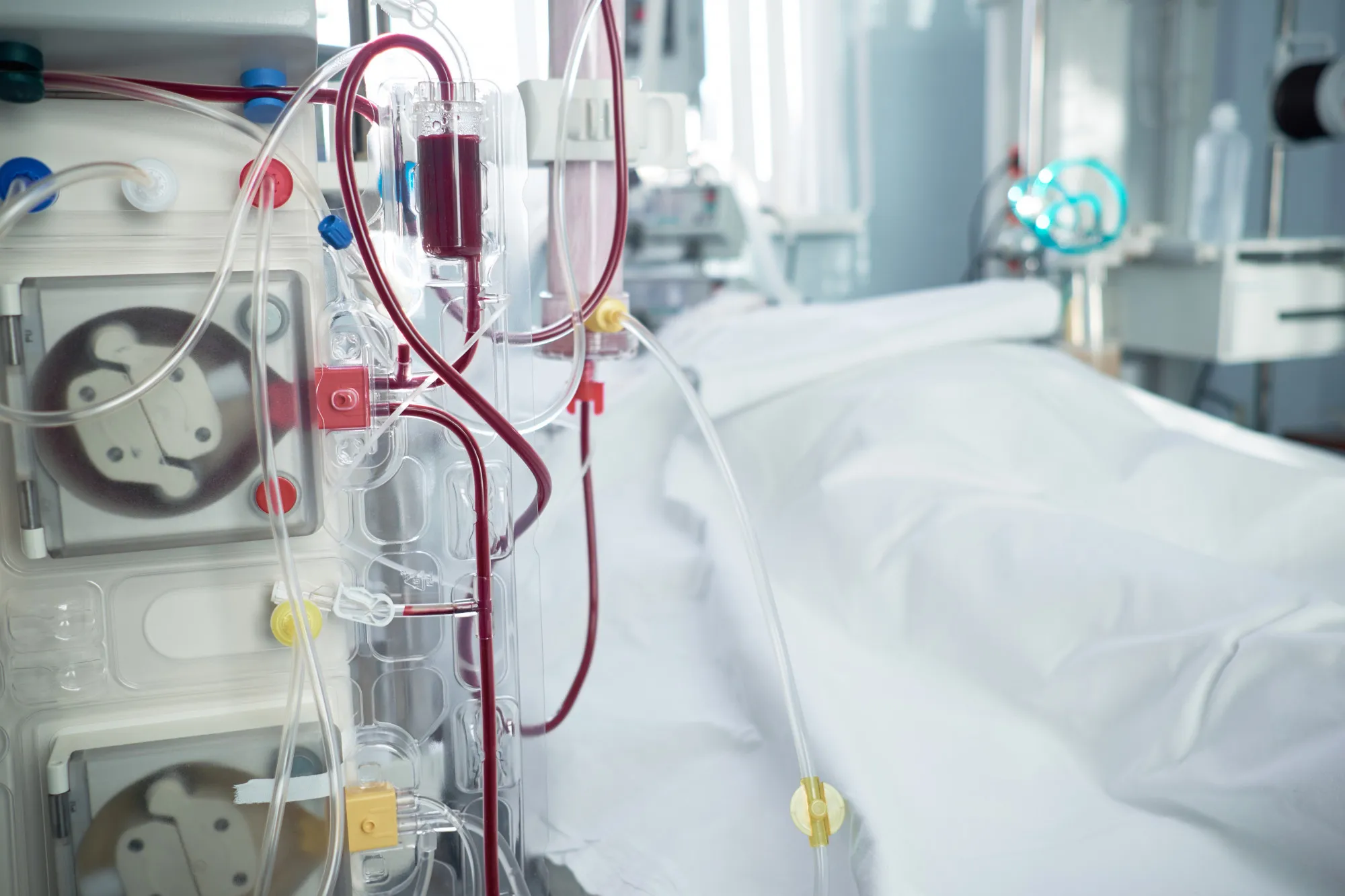In the realm of clinical nutrition and nephrology, the meticulous assessment of patients undergoing hemodialysis (HD) is essential for their overall health management. A groundbreaking study published in “Clinical Nutrition” has put forward an innovative index, the extracellular mass to body cell mass ratio (ECM/BCM ratio), casting light on its potential as an indicator of nutritional status and fluid balance in individuals receiving HD therapy. This article dissects the findings of this case-control study, captivating medical professionals with its implications for the welfare of HD patients.
Background of the Study
The study, under the lead of Ruperto Mar from the Human Nutrition Department at University Alfonso X el Sabio, and collaboratively with Francisco J. Sánchez-Muniz of the Nutrition and Bromatology Department at Universidad Complutense de Madrid, and Guillermina Barril from the Nephrology Department at Hospital Universitario La Princesa focused on comparing the ECM/BCM ratio between HD patients and age-gender-matched controls. The unique pivot of this research lies in its ability to establish a link between the ratio and the nutritional and hydration status of the HD patients.
Methodology
The research incorporated a cohort of 64 HD patients who were carefully matched to control subjects based on their age and gender. It evaluated demographic, clinical, and laboratory parameters. The bioelectrical impedance analysis was utilized as a key tool to estimate the ECM/BCM ratio, which serves as an indicator of nutritional hydration status. The Receiver Operator Characteristic (ROC) curve analysis was applied to pinpoint the optimal cut-off point to identify the ECM/BCM ratio, propelling the study to subjective rigor.
Key Findings
The study found that the median ECM/BCM ratio was significantly higher in HD patients (1.50 with an interquartile range [IQR] of 0.66) compared to the controls (0.87 with an IQR of 0.35), clearly denoting an imbalance. It was revealed that HD patients exhibited lower body weight, decreased serum albumin levels and increased serum C-reactive protein levels, indicating a compromised nutritional status. Through ROC curve analysis, the cut-off point of the ECM/BCM ratio was determined to be 1.20, which deftly distinguished between patients who were wasted and overhydrated.
The conditional logistic regression underscored that with each 10% increase in the ECM/BCM ratio, the probability of developing fluid overload soared by 63%. Conversely, there was an inverse association with serum albumin as well as with other nutritional indicators.
Significance of the ECM/BCM Ratio
The study highlights the ECM/BCM ratio as an astute index that discriminates between nutritional and/or hydration status in HD patients when juxtaposed with age-gender-matched controls. Ratios equal to or exceeding 1.20 are robust indicators of wasting and fluid overload in HD patients, paving a new avenue for assessment and potential intervention.
Implications for Clinical Practice
This study’s findings implicate a marked advancement in identifying patients at risk of protein-energy wasting and fluid overload, which are prominent concerns in the HD patient population. The application of the ECM/BCM ratio can aid healthcare professionals in pinpointing patients who require nutritional or hydrational interventions, thereby enhancing patient outcomes and quality of life.
Digital Object Identifier (DOI):
The study “Extracellular mass to body cell mass ratio as a potential index of wasting and fluid overload in hemodialysis patients” is registered with the DOI 10.1016/j.clnu.2019.04.021, providing a persistent link to its digital location on the internet.
References
1. Ruperto M, Sánchez-Muniz FJ, Barril G. Extracellular mass to body cell mass ratio as a potential index of wasting and fluid overload in hemodialysis patients. Clin Nutr. 2020 Apr;39(4):1117-1123. doi: 10.1016/j.clnu.2019.04.021.
2. Clinical Nutrition. Correction to ‘Prognostic importance of objective nutritional indexes in patients with chronic heart failure’. Clin Nutr. 2020 Jan;39(1):326. doi: 10.1016/j.clnu.2019.09.009.
3. Clinical Nutrition. Correction to ‘Time for change: a roadmap to guide the implementation of the World Report on Ageing and Health’. Clin Nutr. 2020 Jan;39(1):316-317. doi: 10.1016/j.clnu.2019.07.010.
4. Clinical Nutrition. Correction to ‘The controversies of statin therapy: weighing the evidence’. Clin Nutr. 2020 May;39(5):1628-1629. doi: 10.1016/j.clnu.2019.10.004.
5. Espinosa-Cuevas A, Ruperto M, Sánchez-Muniz FJ, Barril G. Age-related changes in body composition and association with quality of life in hemodialysis patients. Kidney Int Rep. 2019;4(5):712-719. doi: 10.1016/j.ekir.2019.02.014.
Keywords
1. Hemodialysis Nutritional Status
2. Fluid Overload Hemodialysis
3. Body Composition Dialysis
4. Bioelectrical Impedance Analysis HD
5. Protein-Energy Wasting HD
